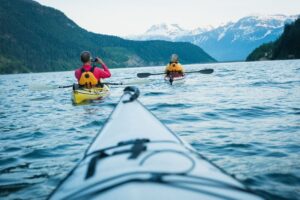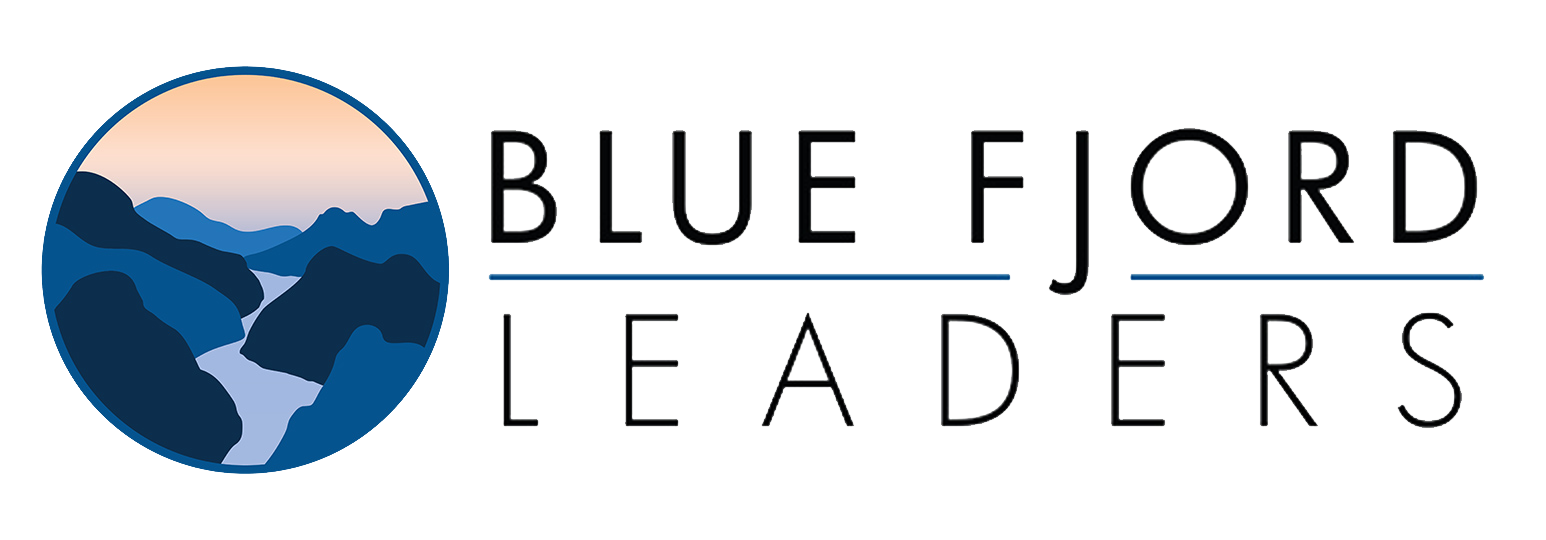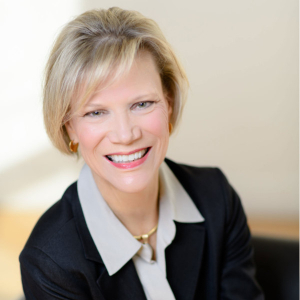 It was a beautiful fall day in Keystone, Colorado. The aspen were gold and the sun highlighted the crevasses in the mountains that guarded the lake. It was a perfect time to rent a kayak and paddle around under the blue sky. My love affair with Kayaking really began after trying one of the Lake Sunapee rentals last year due to being convinced by a close friend to give it a try. My friend is an experienced kayaker, the sort of person who has all of the equipment and regularly goes kayaking. Using a trailer to take all of this gear around with you can be difficult to find apparently, that’s why finding yourself a good trailer that has room for everything is so important. Looking at reviews, such as https://bestkayaks.reviews/best-kayak-trailers-reviews for example, before purchasing your trailer is always a good option to see what other people think. However, I am not experienced in kayaking. But…how hard can it be? It’s a kayak. I mean, if you’re not experienced like me, maybe you should read some kayaking tips on campingfunzone.com to prepare yourself. Even if it is ‘just a kayak’, there’s got to be some level of skill to it!
It was a beautiful fall day in Keystone, Colorado. The aspen were gold and the sun highlighted the crevasses in the mountains that guarded the lake. It was a perfect time to rent a kayak and paddle around under the blue sky. My love affair with Kayaking really began after trying one of the Lake Sunapee rentals last year due to being convinced by a close friend to give it a try. My friend is an experienced kayaker, the sort of person who has all of the equipment and regularly goes kayaking. Using a trailer to take all of this gear around with you can be difficult to find apparently, that’s why finding yourself a good trailer that has room for everything is so important. Looking at reviews, such as https://bestkayaks.reviews/best-kayak-trailers-reviews for example, before purchasing your trailer is always a good option to see what other people think. However, I am not experienced in kayaking. But…how hard can it be? It’s a kayak. I mean, if you’re not experienced like me, maybe you should read some kayaking tips on campingfunzone.com to prepare yourself. Even if it is ‘just a kayak’, there’s got to be some level of skill to it!
Truthfully, it wasn’t hard to paddle around. You need the proper kayak (like those you can go now and see online), and a little training to get that right, but it isn’t tricky to learn. It was just difficult to get to a specific point on the lake – just as it can be difficult to reach the goal that you set in your organization. Here are three points gleaned from paddling on a Colorado lake that can help you reach your organizational goals.
- Set a clear goal. “Let’s paddle to that grove of trees on the point,” my friend said. I replied, “Which grove of trees on which point?” It took discussion and lots of pointing to clarify which grove of trees on which point of land. It’s the same in your organization. The goal may seem crystal clear to you. It’s unlikely to be that clear to others. Talk about the goal with your staff and team. Engage them in discussion. What behavior will you all see when the goal is achieved? What specific outcome will be realized and how will you know? This is the only way to ensure that everyone is working toward the same end.
- Adjust constantly. Off we went toward our grove of trees. But it wasn’t that easy. We negotiated how we would paddle together without knocking each other’s paddle. Plus, the light breeze blew the kayak away from the point of land. We were constantly compensating for the breeze and an occasional boat wake. Similarly, how will your team work together and not get in each other’s way? It’s not that easy. Personality conflicts, incomplete communication and busy schedules get in the way of coordinated work. I’ve seen it first hand in my organization and in those organizations with whom I work. Busy staff don’t talk to co-workers – even briefly – to discover that they are doing the same work or that they are working at cross-purposes. It takes constant communication to make course corrections. In my office, each project had a detailed road map to guide the work. Even with the road map, it was essential that we read the “breeze” in the organization and adjust. As your work progresses, what do you know today that you didn’t know when you started? What course corrections are called for? Become an observer of the staff and their communication styles. Who is working well together and who continues to paddle at cross-purposes? An adjustment in staff roles can better align natural communication styles for more productive work.
- Anticipate. As we paddled, it looked like we were on track – heading straight for the point – but with one extra paddle stroke, we’d gone too far. I didn’t anticipate the momentum of the kayak and adjust my paddling in time. It took more time and effort to reach the point. Are you reading the situation and anticipating the next steps? Every office has momentum – work flows that are set in motion, processes that are half completed. You must anticipate where the momentum takes you and adjust in advance before the need is obvious. This is the work of the insightful leader. Are you a keen observer of the work flow, the patterns in the office and the external influences? It’s only then that you can anticipate the trajectory and course correct before others realize it’s needed.
We made it to the point – eventually. I learned that I have a lot to learn about kayaking. On the surface, it looks easy, but the art of kayaking takes skill and intentional thought. Providing wise leadership is the same. Data isn’t enough. You must be an astute observer of the people and work to stay on course.
Copyright: wavebreakmediamicro / 123RF Stock Photo





0 Comments